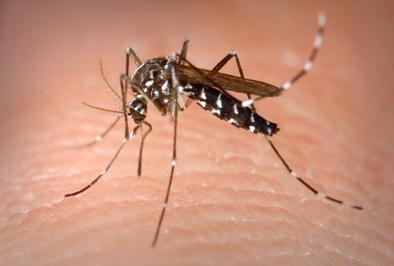
Dr. Reyes was our family doctor. Like Mrs Piggle Wiggle, he was stocky, brisk, and competent, not to mention that he was a Protestant and was an elder at Ellinwood church. As regular as the change of season, if he didn’t come to us, we went to him for tapeworms, whip-worm or amoeba, small infections that bloomed in the tropical heat, TB testing and numerous inexplicable maladies.
The Routine: “Mooom, mooom,” weak and whiney. Mom feels our foreheads, tsk tsk, dials the black rotary phone in the sala. “Hello, may I speak to Dr. Reyes?” Promptly, his car arrives, and he knocks the on our screen door. His white jacket has an aroma of rubbing alcohol and we know what comes next.
“So, Kerry you have the flu?” As he talks he pulls from his magic black doctor bag a thermometer, a white enamel tray, the thin silver needles.
“Like throwing up,” (you don’t whine with Dr. Reyes).
Dr. Reyes talks to mom and listens, thumps, whips out the thermometer, wipes it with alcohol, eyes it, whips it around again. “Say ahhh,” sticks it under my tongue, pulls it out, eyes the number, grunts, whips it, wipes it down with alcohol. Chatting with mom, he plucks a thin silver needle from the white enamel tray, holds it up to the light, laughs at a story he’s telling as he clips one to a syringe, sticks it into a little bottle, squirts a bit, gives our arm a quick swab and jabs. I don’t look, but it’s over in a blink. Dr. Reyes believes in penicillin. Mom walks him to the sala as he talks and scribbles her some notes. The screen clatters.
If we’re sick enough to bear the needle, we stay home. But there are two rules about falling ill: 1) don’t get sick during a water shortage and the toilet can’t be flushed, 2) not ever sick enough for the hospital.
So it’s not unusual when Johanna complains of a headache and ache. But it’s worrisome. The fatal H-fever—Dengue Hemorrhagic Fever—emptied many classroom seatsl that season. "Class, watch for mosquitoes with white bands on their legs," our teacher warns us. Watch for? They are everywhere. That night, I hear Johanna wander restlessly in and out of the Airconditioned Room, finally settling on the bathroom floor before mom finds her and sends her back to bed. Margaret and she share a room, so when she is back in the bathroom in the dark, we meet in the hallway.
She’s doubled over, “Kerry, my bm is black.”
Johanna’s fever climbs to 105. Little three-year-old Margaret moves into the Airconditioned Room. “What’s going on, mom?” asks worried Scott. “Quarantine,” she says tersely. Dr. Reyes arrives at our screen door everyday. “The hospitals are overflowing,” he shakes his head sadly at my parents. A quiet terror grips our house. One day, two, five, we are forbidden to visit her. Margaret plays by herself; we go to class. Dad, always useless when we are sick, prowls the house. Mom and Annie shuttle between bathroom and bedroom with bedpans and cool cloths. A fetid smell wafts from her room when they open the door. Johanna doesn’t cry, she doesn’t move, sometimes she groans. I hover nearby, trying to peek with the door ajar. Mom sits by Johanna’s head, her right hand on the wet towel, staring out the window blankly.
She turns, red-eyed and shakes her head softly,
“Kerry, close the door. You can’t come in here.”
“I’ll just look from the door”
“No.”
Fear has a sour smell, and our house stinks of it. We walk with our eyes on the floor, the grownups lost in their busyness. Scott and I linger at the edge of their anxiety; small forgotten Margaret entertained by Cresing. At night, I curl into a ball and cry quietly. Johanna is far away and I can’t reach her. She is a rascal. She makes me so mad I want to scratch her eyes out. Now, I only want her back. Everyone is praying but not together. All day I pray hard to Jesus, who is older, more distracted and no longer Orange. Maybe it’s all the prayers tumbling out all over Manila, or maybe the air is so heartfelt at 1667, but Jesus, or maybe just the Dengue bug, hears us. The angel passes us over and next morning when my tired mom emerges from a long night in Johanna’s room, she nods quietly to dad, “the bleedings’ stopped.” She says it softly, but loud enough for us to hear. We all hear it, Annie, Cresing, the lizards, our sala’s mahogany floors, the black rotary phone and party line, the rattan couch, jute rug, rice can and boiled water sitting on the gas stove, Johanna’s H-fever laundry piled downstairs to be washed in hot water, everything in the house knows that my sister has come back.
To make it so, mom opens the sickroom door, like Jesus opening the tomb of Lazarus. She pulls a chair to the threshold, opens the book she’d chosen and begins to read aloud. Scott and I curl on the threshold beside her. Margaret curls up on mama’s lap while Johanna listens from her bed. I remember that time with a deep sense of calm and no sadness. The timber of mother’s voice rises and falls as the story drifts over us. Beige curtains infuse the sickroom with a mocha light. We return from our lonely retreat to nestle in her voice. Our family had weathered a great typhoon; it had almost taken one of us down, but we had been spared. For a while, we would just relish this relief. My mother reads aloud for two days at the door of Johanna’s sickroom.
For a few days, Johanna is wan and holy. She smells rotten and sour, as though she has come back from the dead. But her spunk returns and we launch into a big post-H fever fight. After that, I track the sluggish mosquitoes with white bands on their legs. I kill more than my share that year.
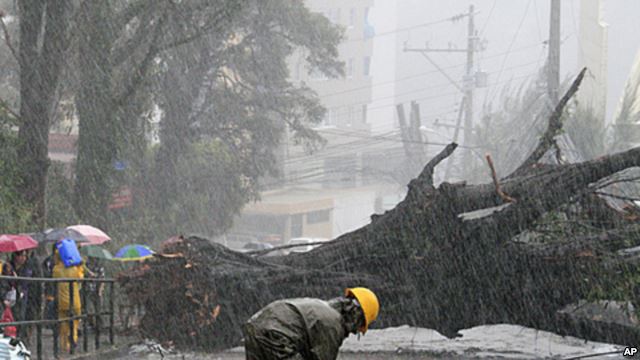


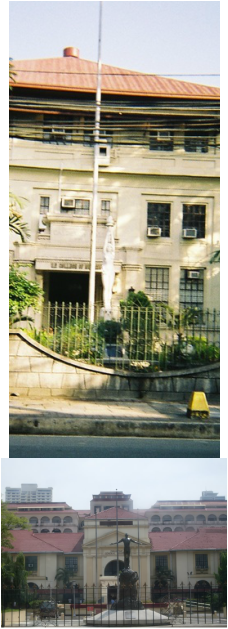
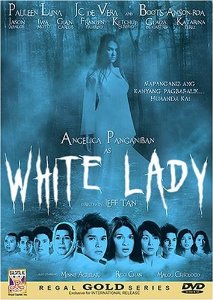
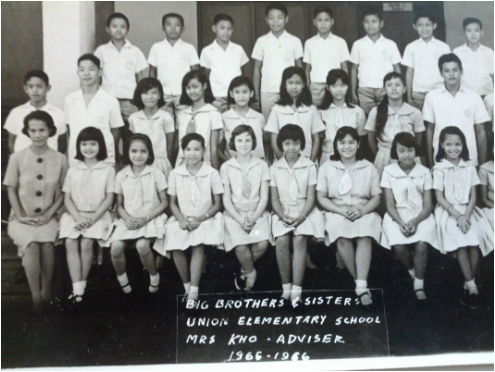




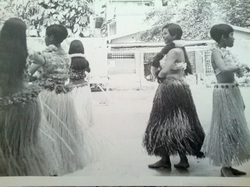
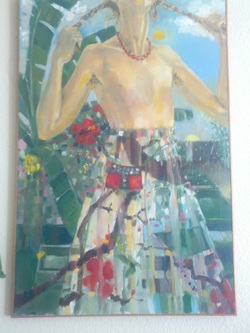
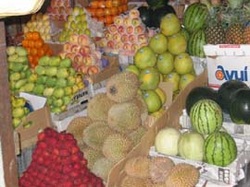


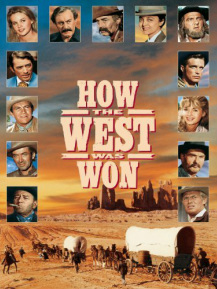
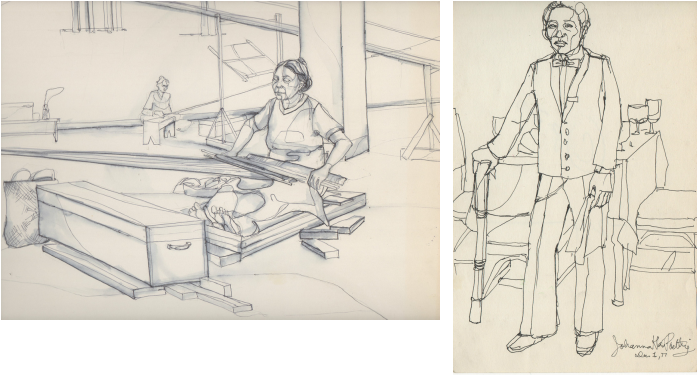

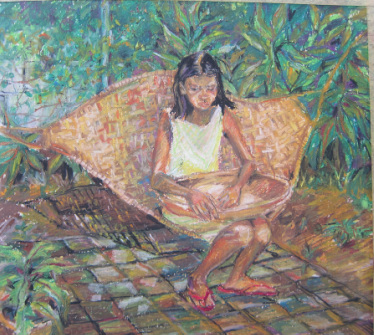
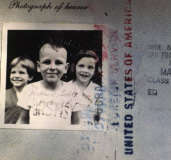
 RSS Feed
RSS Feed
